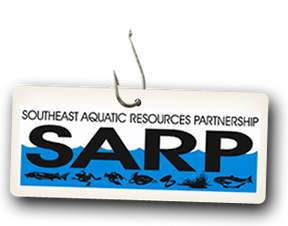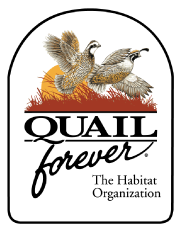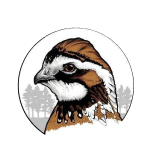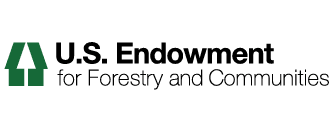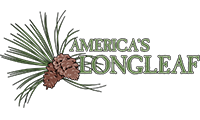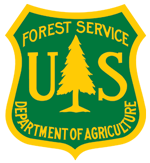Landscape Partnership Resources Library
Document: Core Team Meeting Notes 04-25-2014
Notes and summary information from April Core Team meeting.
Document: Ecosystem Goals, Objectives, and Tradeoffs (07-21-2014)
Overview provided by Scott Schwenk on the Ecosystem goal, general and specific objectives, and tradeoffs related to specific decisions about the conservation design strategy.
Map: CT River Watershed - Terrestrial and Aquatic Cores
DRAFT Maps for illustrative purposes only. Side by side maps of the entire Connecticut River Watershed. These maps show (1) potential terrestrial cores contrasting the slicing vs. the kernel approach and (2) a preliminary example of how the aquatic cores might look. Both are highly subject to change.
Map: CT River Watershed - Terrestrial Core Areas
DRAFT Maps for illustrative purposes only. Side by side maps of the entire Connecticut River Watershed. Two methods of creating core terrestrial areas are shown: the continuously scaled draft selection index and the kernel-expansion method in which the top 5% of the index (at left) is used as seeds to grow core areas until 30% of the landscape is represented.
Map: CT River Watershed - Stream Temperature, Rare Systems
DRAFT Maps for illustrative purposes only. Side by side maps of the entire Connecticut River Watershed. Headwater stream temperature sensitivity (USGS) and Rare Natural Communities are shown. These are two of the spatial datasets to be incorporated into the overall selection index for the conservation design.
Map: CT River Watershed - Combined IEI, Resiliency
DRAFT Maps for illustrative purposes only. Side by side maps of the entire Connecticut River Watershed. The Index of Ecological Integrity (UMass) and Resilient Sites for Terrestrial Conservation (The Nature Conservancy) are combined to highlight areas where these two indices align or diverge in their relative assessment of the landscape. These are two of the spatial datasets to be incorporated into the overall selection index for the conservation design.
Map: CT River Watershed - IEI and Resiliency
DRAFT Maps for illustrative purposes only. Side by side maps of the entire Connecticut River Watershed. The Index of Ecological Integrity (UMass) and Resilient Sites for Terrestrial Conservation (The Nature Conservancy) are shown. These are two of the spatial datasets to be incorporated into the overall selection index for the conservation design.
Fact Sheet: AppLCC Overview
Today a range of monumental conservation challenges confronts the Appalachians. This includes the loss and fragmentation of natural habitats; disruptions in natural disturbance regimes; and expanding major land-use changes that are occurring on a grand scale. Climate change will further exacerbate these challenges. The magnitude of these landscape-level changes requires a shift from traditional local and single-species conservation approaches toward a more comprehensive scale to protect species, habitats, and ecosystems. The Appalachian Landscape Conservation Cooperative (LCC) serves as a catalyst for conservation collaboration by providing the tools, products, and data, resource managers and partners need to address the environmental threats that are beyond the scope of any one agency.
Document: Summary points from the USFWS Connecticut River Coordinator 1-15-14
Summary points from the USFWS Connecticut River Coordinator/Executive Assistant to the Connecticut River Atlantic Salmon Commission (CRASC), Ken Sprankle. Presented at LCC Connecticut River Pilot Meeting, 01-15-14.
Document: Action Items and Meeting Notes 01-15-2014
Action items from preliminary Connecticut River Pilot meeting and notes from the day.
Document: Representative species being modeled in CT River Watershed
At 2011 workshops in each of the three sub-regions, Service scientists and other experts selected a total of 87 terrestrial and wetland representative species. This table lists the representative species that occur in the Connecticut River Watershed for which habitat models are being developed through the Designing Sustainable Landscapes project, including the 13 species that are due to be completed first. The table includes associated habitats and examples of the species they are intended to represent.
Core Team Subgroup Members
Subteam assignments based on response to Feb 24, 2104 Core Team meeting request to “self-assign” to a subteam. Last updated 03-28-2014.
Document and Maps: Landscape Capability and Vulnerability Table and Maps (05-30-2014)
One document including one table and 21 maps (PDF). The table includes statistics for each representative species on the current landscape capability in the Northeast region and the Connecticut River watershed. Maps of landscape capability in 2010 are included for the following species: American woodcock, Black bear, Blackburnian warbler, Blackpoll warbler, Eastern meadowlark, Louisiana waterthrush, Marsh wren, Northern waterthrush, Wood thrush. Maps of landscape capability in 2080 and the change from 2010 to 2080 are included for some of those species.
Presentation: Aquatics - Landscape Conservation Design
Designing Sustainable Landscapes in the Northeast: A project of the NALCC and the Northeast Climate Science Center. Landscape Conservation Design, July 2014. Presentation for afternoon Aquatics Subteam breakout session.
Review of Key Concepts and Answers to Some Frequently Asked Questions
Designing Sustainable Landscapes in the Northeast: A project of the NALCC and the Northeast Climate Science Center. Landscape Conservation Design, June 2014. Updated presentation posted 7/28/2014.
Ecosystem Goals, Objectives, and Conservation Design Tradeoffs - Terrestrial / Wetland Team (July 21, 2014)
Ecosystem Goals, Objectives, and Conservation Design Tradeoffs (draft document for consideration by the Terrestrial / Wetland team) This document was drafted to assist the terrestrial/wetland subteam in considering conservation design questions related to the number, size, and configuration of "core areas" of conservation priority, and how they relate to the overall goals for the watershed.



